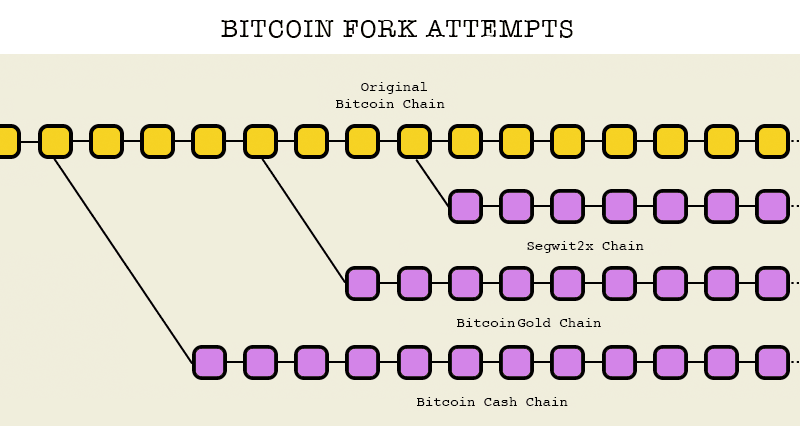This essay is the sixth chapter of The Token Handbook. It covers blockchain-based equity offerings. Several things make an equity token offering different from traditional “paper” equity and from today’s utility tokens (ICOs).
Keep in mind that all equity products are securities and must comply with the laws of the jurisdiction in which they are offered and registered, and in many cases with the jurisdiction of the buyers as well.
Interested readers will enjoy a related essay of mine called It’s time for Smart Law.
This essay is not intended as a detailed and exhaustive treatment of the laws, rules and regulations governing the issuance and sale of securities in the United States or other jurisdictions. The offering and/or sale of securities to the public can result in significant criminal and civil liabilities. Consult with legal counsel before you undertake any token offering.
Introduction
In September 2016, Lykke Corp issued its own equity as tokens on the blockchain. I haven’t done extensive research, but I believe this was the world’s first equity offering using blockchain technology. I participated in that effort, which raised $1.2 million for the company at a valuation of around $55 million.
A few details: Lykke issued equity colored coins (using the Bitcoin blockchain) on its own just-launched exchange, the offering was open to the public (as long as they registered using standard KYC procedures), previous investors received tokens in their wallets, and the tokens have been trading on the Lykke exchange ever since. The one-year-old company effectively “went public” on their own exchange, so when they want to raise more money, they just sell shares from their treasury into market demand. After this initial event, the market forever sets the price of the company’s equity and determines the market cap.
One of the reasons Lykke went public so early is that traditional early-stage investors don’t understand the new economy we’re building. I have seen it after countless meetings with investors — they don’t see the potential of the new blockchain economy. There’s a huge gap between launching an open-source ICO to raise tens of millions of dollars from token hunters and just getting your company funded so you can bring products to market.
At 20|30, we will address the funding gap with equity token sales. To comply with most securities laws, we will only sell equity tokens to accredited/qualified investors (people who have significant assets and income). At 20|30, we are planning our own equity token offering for early next year, and we’re building our own exchange just for accredited investors. At the Pillar project, we’re also building the ICO wallet, which will help give people a much safer way to buy and store tokens.
Equity tokens are an important part of the future crypto-economy. While an ICO can be the right tool for project finance, it’s generally the wrong tool for company finance. Why? Because projects have a dedicated outcome or goal, and the money goes to achieve that goal or fail, whereas companies often pivot, create new product lines, cross categories, and may have several projects going at any one time. For startups, it’s better to apply risk capital in the form of equity, rather than a utility token. This essay covers how companies will do this and what comes after the sale. It’s meant for companies that are not building their own exchanges. I will cover it from a US legal perspective, here are the sections:
- About Dilution
- Dilutable Stock
- Non-Dilutable Stock
- Liquidity
- Regulatory Compliance
- Registration
- Formats
- Side Bets
- Restrictions
- A Single Class of Stock
- Voting & Control
- Dangers
- Tokenizing Equity: the Mechanics
- Insider Trading
- Transparency
- Paying in Tokens
- Token Troubles
- Tokenizing Governance
- Resources
- Summary
IMPORTANT NOTE: equity tokens are securities. This essay assumes all market participants have gone through the appropriate checks and markets are properly licensed.
Source/More: Equity Token Finance – Hacker Noon















